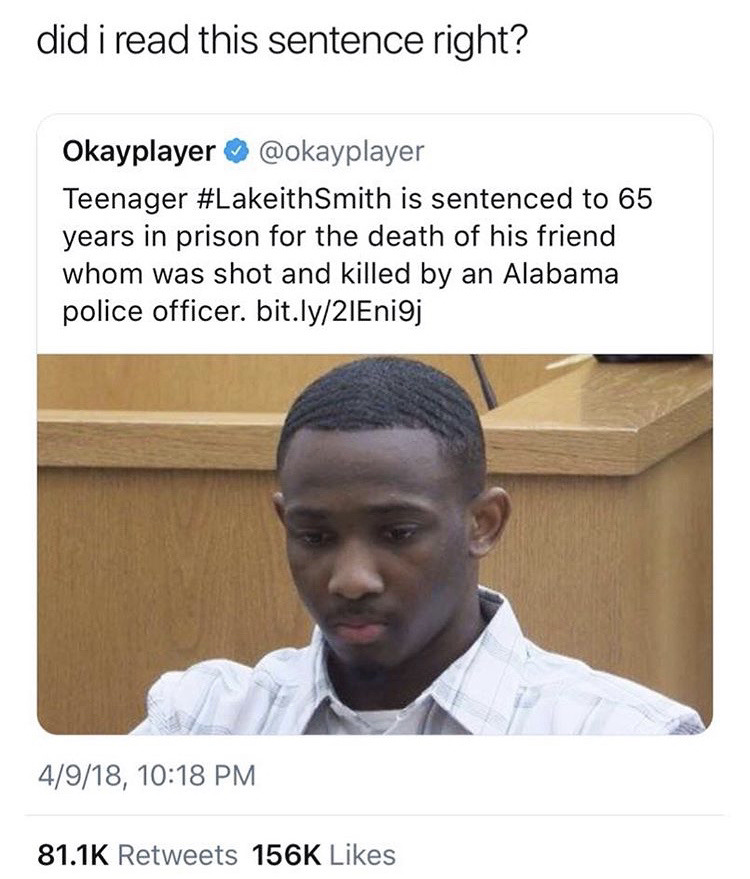this post was submitted on 10 Sep 2024
612 points (84.6% liked)
US Authoritarianism
793 readers
230 users here now
Hello, I am researching American crimes against humanity. . This space so far has been most strongly for memes, and that's fine.
There's other groups and you are welcome to add to them. USAuthoritarianism Linktree
See Also, my website. USAuthoritarianism.com be advised at time of writing it is basically just a donate link
Cool People: [email protected]
founded 8 months ago
MODERATORS
you are viewing a single comment's thread
view the rest of the comments
view the rest of the comments

FTFY
FTFY.
Cop murdered no one. Shooting someone who's charging at you with a drawn weapon isn't murder.
if it isn't murder, then why is the kid charged with it?? that makes the entire thing even MORE ridiculous!
"Felony murder" is a different animal. It's kind of like how even though "rape" is generally defined by a lack of consent, there is also "statutory rape", which one can be charged with, even if the sex was consensual.
To summarize how "felony murder" works:
In this case, the "inherently dangerous" felony was armed robbery.
that's a ridiculous concept from start to finish:
"you stood near a cop when he killed someone, so now you're a murderer even though you objectively didn't kill anyone and we know who the actual killer is"
this is completely insane.
it's not "a different animal", it's insanity.
just insanity.
"you stood near a cop"
What disingenuous bullshit, lol. A bystander would never get charged with this, only other people actively committing the same felony with the criminal that died (and it doesn't matter if they were killed by a cop or died any other way, including accident, if it happened while committing a dangerous felony, all of the criminals committing it are responsible), fuck your goalpost move attempt.
Your argument only holds up if the cop isn't also tried for that murder. I'm not even an American citizen so I don't know if that's the case.
Doesn't matter if the cop would be tried though, as cops are already immune to the law in america. They don't need to convict other people for that. I don't think at all that the purpose of that law is to protect cops.
The U.S. Supreme Court rules in favor of officers accused of excessive force